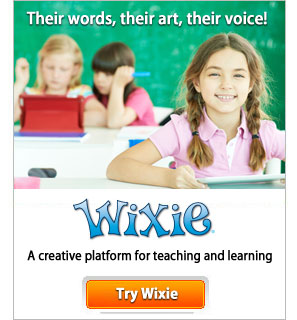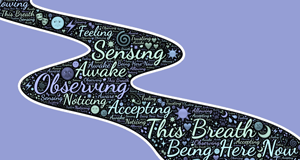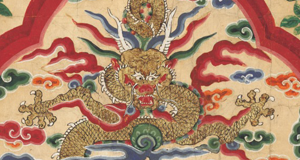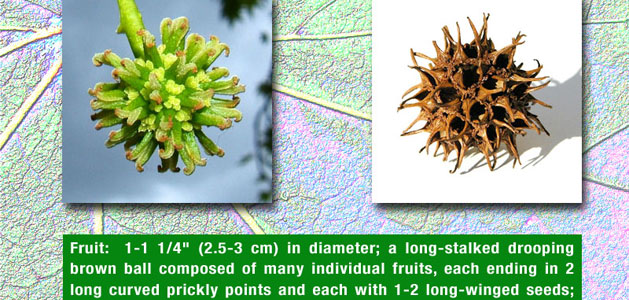Video Biographies
Students will complete research on a historical figure and create a video biography of that person.
App: Frames™
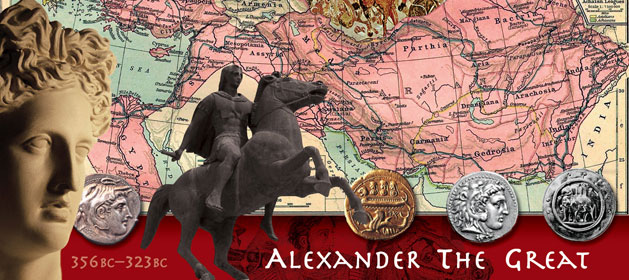
Authentic Task
Many students are familiar with Ken Burns’ groundbreaking documentaries. While many students dread writing biographies, ask them to transform their writing into a compelling digital documentary about a person’s life to motivate them to practice this type of informational/expository writing.
Engage
Introduce your students to biographies by reading a few of them first. Jerry Spinelli’s Knots in My Yo-Yo String: The Autobiography of a Kid or Daniel Dyer’s Jack London: A Biography provide insight into an author’s background and help students learn how personal experiences affect a writer’s voice.
Discuss the factors that make a good biography. A great biography is also a great story, and while a biography needs to include facts, a simple listing of them may not be compelling. Have students brainstorm questions they can ask to make a biography more interesting. You might prompt their thinking with questions like:
- Did the person’s background influence what he or she believed in or how the person acted?
- What personal qualities helped or hindered this person?
- Was this person admirable or simply famous?
Let your student's know that they will be writing biographies and then transforming them into digital documentaries. Provide a list of people for students to choose from or have your class brainstorm a list. You could focus on presidents, famous people from your state, inventors, or authors.
Have students select a person and complete research on this person and the time period in which he or she lived.
Rather than focusing on famous people, consider tasking students with creating short feature films about local community heroes or even family members.
When their research is complete, work through your normal biography writing process. Depending on student writing ability, you may want to give them an outline for what information should be included in each paragraph of the biography.
When a first draft is complete, have students pair with another student to edit and revise their rough draft before publishing a final draft.
Create
Form small teams students who have studied the same person or are interested in making a video of a particular person.
Have the teams review each team member’s biography, highlighting the parts that they like the most. The team should then work together to create an outline of their ideas and begin developing a storyboard.
Teams should now determine roles for completing their video biography> For example, you might want to assign roles and/or tasks such as:
- Producer/Director - oversees all aspects of production and creation
- Visual Effects - locates images appropriate to each scene in storyboard
- Writer - transforms outline and storyboard into screenplay
- Voice Talent - records the screenplay with personality and intonation
- Post-Production Designer - combines and edits all media into final product
Depending on time, have team members not building or editing the final vidoe develop marketing materials about their biographical film.
Share
Have the teams share the video biographies with the rest of the class, at a school assembly, or even on local access television station.
Assessment
Make sure to evaluate the rough draft of the biography and the productivity of the team discussions before you assess the final biography. You will also want to evaluate the process the team uses to identify topics and well-written sections of the initial biographies as they write their screenplay. The screenplay serves as another tangible example of understanding and skill, as does the storyboard of the screenplay.
The video biography will serve as the culminating project and summative assessment. You may also want to assess team work, responsibility, organization, and problem solving.
Resources
Jerry Spinelli, Knots in My Yo-Yo String: The Autobiography of a Kid. ISBN: 0679887911
Daniel Dyer, Jack London: A Biography ISBN: 0590222171
Denis Ledoux, The Photo Scribe - A Writing Guide: How to Write the Stories Behind Your Photographs ISBN: 0961937343
Standards
National Council for Social Studies - C3 Framework
Dimension 2: Civics and History
D2.His.3.6-8. Use questions generated about individuals and groups to analyze why they, and the developments they shaped, are seen as historically significant.
D2.His.5.6-8. Explain how and why perspectives of people have changed over time.
Dimension 3: Gathering and Evaluating Sources and Developing Claims and Using Evidence
D3.1.6-8. Gather relevant information from multiple sources while using the origin, authority, structure, context, and corroborative value of the sources to guide the selection.
Common Core Anchor Standards for English Language Arts - Grade 4-12
Writing Standards
Text Types and Purposes
3. Write narratives to develop real or imagined experiences or events using effective technique, well-chosen details, and well-structured event sequences.
Production and Distribution of Writing
4. Produce clear and coherent writing in which the development, organization, and style are appropriate to task, purpose, and audience.
6. Use technology, including the Internet, to produce and publish writing and to interact and collaborate with others
Research to Build and Present Knowledge
7. Conduct short as well as more sustained research projects based on focused questions, demonstrating understanding of the subject under investigation.
ISTE NETS for Students 2016:
3. Knowledge Constructor
Students critically curate a variety of resources using digital tools to construct knowledge, produce creative artifacts and make meaningful learning experiences for themselves and others. Students:
a. plan and employ effective research strategies to locate information and other resources for their intellectual or creative pursuits.
b. evaluate the accuracy, perspective, credibility and relevance of information, media, data or other resources.
c. curate information from digital resources using a variety of tools and methods to create collections of artifacts that demonstrate meaningful connections or conclusions.
6. Creative Communicator
Students communicate clearly and express themselves creatively for a variety of purposes using the platforms, tools, styles, formats and digital media appropriate to their goals. Students:
a. choose the appropriate platforms and tools for meeting the desired objectives of their creation or communication.
b. create original works or responsibly repurpose or remix digital resources into new creations.
d. publish or present content that customizes the message and medium for their intended audiences.



